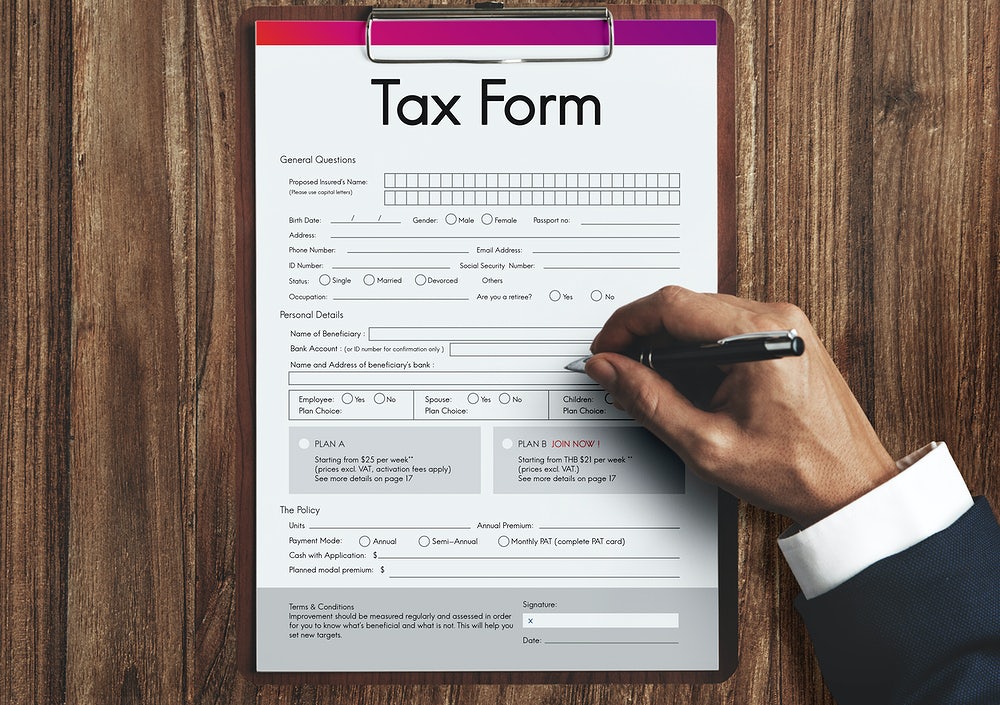If you’re researching capital gains tax, congratulations! It’s likely because your investments are doing well. Or, at the very least, you’re preparing for when they start to yield some major returns. Either way, you’ve come to the right place to find the information you seek.
If you created a low-cost, diversified portfolio, there’s a good chance that the assets you currently hold are worth considerably more than what you had initially paid for them. You might even be thinking of selling some of them to realize those capital gains.
What you also need to be aware of is that any gains you derive are subject to taxation both at a state and federal level. Bummer – but it is what it is.
With that being said, what is capital gains tax, and how is it calculated? This article explores everything you need to know about it.
What Is Capital Gains Tax?
Before we dive into the tax component, let’s define what capital gains are in the first place. Let’s say you bought Amazon Inc. stock a decade ago when each share was valued at $100. Today, however, the current price is a little over $3,000.
So, you decide that now’s as good a time as any to sell some of your stock and take advantage of their increased value. This essentially means that if you had 100 shares and you sold 50 of them, you would make $150,000, compared to your initial investment of $5,000 – for the 50.
You would make a profit of $145,000 from the sale – which would be equivalent to your capital gain. The same concept applies if you sell other assets like real estate.
Now, the IRS taxes these capital gains at a federal level, although some states also do it at a state level. The capital gains tax rate applicable to your profits all depends on the duration of your investment.

1. Short Term Capital Gains Tax
Short term capital gains tax is levied on assets that you hold for less than a year. These are generally taxed like regular income. So, the capital gains tax brackets are the same as those applied to federal income tax.
2. Long Term Capital Gains Tax
Long term capital gains tax is levied on assets that you hold for one year or more. The applicable tax rates are usually lower compared to those for short term capital gains.
Depending on what your regular income tax brackets are, you might find that your capital gains tax for that particular category of assets is as low as 0 percent. Even income earners who fall in the top income brackets may end up paying almost 50 percent of their income tax rates.
This is the major reason why some extremely wealthy Americans don’t pay as much in taxes as you would expect when compared against their earning capacities.
How Much Is Capital Gains Tax
Below are the current IRS long term capital gains tax rates for 2019-2020.
| Filing Status | 0% | 15% | 20% |
|---|---|---|---|
| Single | $39,375 and below | $39,376 to $434,550 | Above $434,550 |
| Married but filing jointly | $78,750 and below | $78,751 to $488,850 | Above $488,850 |
| Married but filing separately | $39,375 and below | $39,376 to $244,425 | Above $244,425 |
| Head of household | $52,750 and below | $52,751 to $461,700 | Above $461,700 |
Keep in mind that the short term capital gains are taxed at the same graduated tax rates that apply to ordinary income.
How to Calculate Capital Gains Tax
Let’s say you are single and have $145,000 in long term gains from selling Amazon Inc. stock after your initial investment 10 years ago. Let’s also say that you incurred a capital loss of $5,000 from the sale of a property you owned out in the countryside.

When calculating the capital gains, you first need to use your losses to offset your gains. So, in our case, it would be:
$145,000 – $5,000 = $140,000
Next, since you held the stock for 10 years, the gains would qualify as long term capital gains. To calculate how much you would pay in federal capital gains tax, simply look up the amount you’re required to pay against your filing status, and apply the respective percentage. In our case, it would be:
$140,000 x 15% = $21,000
You would, therefore, have to remit $21,000 in capital gains tax to the IRS. Ensure that you also fill out Schedule D when filing your annual tax returns.
How to Avoid Capital Gains Tax
There are several ways to (legally) avoid paying capital gains tax. Here are a few tips you can consider:
- Match your losses – Harvest your capital losses as they occur and use them to offset current or future gains. If you have any losses left over, you can carry them forward to the forward to the following financial year.
- Primary residence exclusion – If you sell your primary residence, you can exclude anywhere between $250,000 and $500,000 – if you’re married – in gains from the sale.
- Renovate your home – Purchase an under-market-value home, and make it your primary residence as you renovate it. Then, flip it for a higher sales price. You won’t pay any taxes, thanks to the primary residence exclusion.
- Relocate to a lower tax bracket state – Capital tax rates vary depending on the state you’re in. California, for instance, has the highest rates. So, if you’re looking to save, move to a lower gains tax state.
- Contribute to a 401K – This reduces your taxable income and offsets any capital gains you might trade in your account.
With those savvy techniques at hand, the next question you might ask is – When do you pay capital gains tax? Ideally, you want to pay the tax you owe before the quarterly due dates after the sale is complete. The respective dates are:
- April 15 for the 1st quarter
- June 15 for the 2nd quarter
- September 15 for the 3rd quarter
- January 15 for the 4th quarter
Maximize Your Gains at All Costs
When your investments perform well, the downside is that they come with a tax bill to match. Naturally, if you’re looking to cut down on your capital gains tax liability, it makes sense to hold your investment for a longer duration – more than a year, at the very least.
You can also apply the tips detailed in this guide to avoid paying a substantial portion of gains tax, to maximize your returns. If you have any legal issues concerning your tax obligations, get in touch with a tax lawyer to help.
